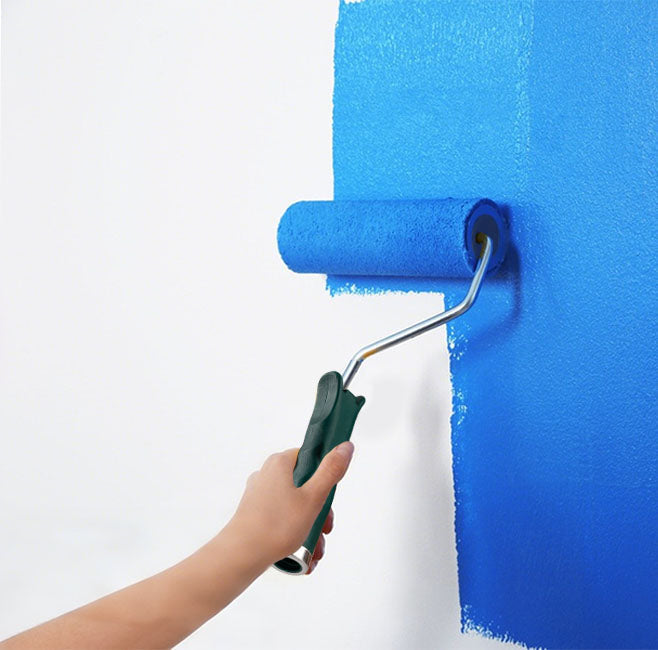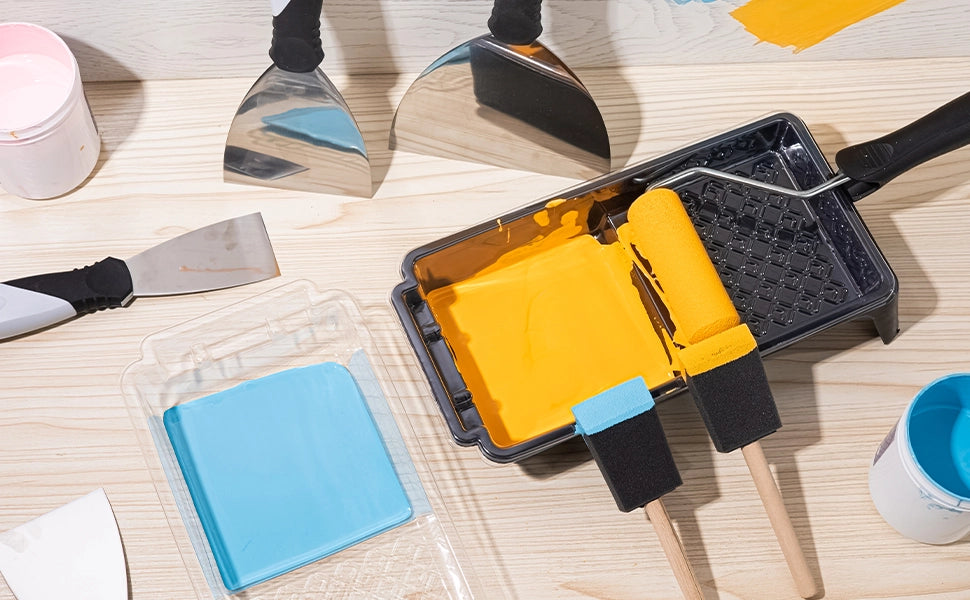Hey there, if you've ever backed out of a painting project because the smell alone gives you a headache or sets off your allergies, you're not alone. Living in the U.S., with our mix of older homes and tight living spaces, indoor air quality hits close to home—literally. Fumes from standard paints can linger for days, irritating eyes, throats, and lungs, especially for families with asthma or sensitivities. But I've learned through trial and error (and a few stuffy weekends) that low-odor painting is a game-changer for creating an allergy-friendly home. We'll cover how to pick paints that won't knock you out, ventilation hacks to clear the air fast, and steps to protect your loved ones' health. Stick around, and you'll be ready to roll (pun intended) without the regrets.
Why Paint Fumes Are a Big Deal for Allergies
Picture this: You're midway through painting the kitchen, and suddenly everyone's coughing or rubbing their eyes. Those volatile organic compounds (VOCs) in traditional paints are the culprits—they evaporate into the air, causing everything from mild irritation to full-blown allergic reactions. In U.S. households, where we spend about 90% of our time indoors (thanks to busy schedules and varying weather), this is no small issue. The EPA even warns about poor indoor air leading to health woes. But switching to low-odor painting products cuts down on these emissions, making it easier to maintain an allergy-friendly home without sacrificing style or durability.
Choosing the Right Low-Odor Paints
The key to a sneeze-free project? Go for paints labeled as low-VOC or zero-VOC—they release far fewer chemicals. I've tried a bunch, and here's what stands out for U.S. shoppers:
-
Benjamin Moore Natura: This zero-VOC line dries fast and has virtually no smell. Great for bedrooms or nurseries where you need quick turnaround.
-
Sherwin-Williams Harmony: Another zero-VOC champ with antimicrobial properties to fight mold—perfect for humid spots like bathrooms in Southern states.
-
Behr Premium Plus: Affordable and available at Home Depot, with low-odor formulas that cover well without the harsh scent.
When shopping, check for certifications like GreenGuard Gold, which ensures low emissions safe for sensitive folks. Pro tip: Test a sample patch first—paint a small area and see how it affects your household over a day or two. This way, you're investing in low-odor painting that truly fits your allergy-friendly home needs.
Ventilation Tricks to Keep Air Fresh
Even with the best paints, a little airflow goes a long way. I've found that opening windows isn't always enough, especially in wintery Northern states or stuffy apartments. Try these:
-
Fan Power: Set up box fans in windows—one pulling fresh air in, another pushing stale air out. This cross-breeze can clear fumes in hours.
-
HEPA Helpers: Run an air purifier with a HEPA filter during and after painting—it traps particles and odors, protecting family members with allergies.
-
Timing It Right: Paint in the morning when it's cooler, and let rooms air out before bedtime. For multi-day jobs, seal off the area with plastic sheeting to contain smells.
These ventilation techniques have saved my sanity more than once, turning a potential headache into a smooth process.
Protecting Family Health During and After
The real highlight? Keeping everyone healthy while you work. Start by moving kids, pets, and sensitive adults to another part of the house—or better yet, out for the day. Wear a mask if you're prone to reactions, and choose tools like foam rollers that minimize splatter and mess. Post-painting, wait 24-48 hours before fully occupying the space, even with low-odor painting—better safe than sniffly.
One personal story: When we repainted our playroom, my daughter's allergies flared up from an old-school primer. Switching to a zero-VOC version and cranking the fans made all the difference—no more red eyes, just a bright, welcoming space.
Tools and Prep for Success
Don't forget the basics: A good angled brush for edges, a roller with an extension pole for less strain, and painter's tape to keep lines crisp. Prep by cleaning walls with a mild soap solution to remove dust that could trap odors. And always read labels—U.S. brands like those I mentioned make it easy to spot allergy-friendly options.
Final Thoughts
Painting doesn't have to mean suffering through fumes and flare-ups. With low-odor painting choices, smart ventilation techniques, and a focus on health, you can create an allergy-friendly home that feels fresh and safe. I've turned my once-dreaded projects into enjoyable weekends, and you can too. Grab a can of zero-VOC magic from your local store and get started—what color are you eyeing? Drop a comment below; I'd love to hear your tips or horror stories!
Keywords: low-odor painting, allergy-friendly home, zero-VOC paints, indoor air quality, family health protection



0 comments